in the Ndebele culture to commemorate the transitional phases of life, a fertility doll is given to a new bride after her wedding ceremony to encourage fertility and signify her new social status as a married woman. the ethnic name is umndwanaThis type of doll, made by the Ndebelé, offers multiple stylistic variants depending on the sub-group that made it. They are constructed as a conical structure of wood and rags, covered with rags or beads. Bead bracelets of different diameters come to complete the doll, they reproduce the Cholwane, beaded bands worn on the neck, arm, leg, waist of young unmarried women. Their use seems more complex: than fertility: used in the context of games, romantic relationships, prize ornaments, their functions were multiple.
A rare imported product, glass beads have for centuries been a symbol of wealth and importance in South African cultures and were exclusively distributed by the oba (king) of the region. As beads became more accessible throughout the 19th century, they began to replace the organic materials used in traditional art and clothing. Nguni children paly with caly or wooden dolls beads were too expensive .Some rare girls had a beaded doll
nguni people were them around the neck or hide the dolls under theit clothes
this doll dates from the 50s/60s Since they were defeated by the boers ndebele came back to thier tradition of making beaded dolls to strenghten their cutural indentity cameron isnt she a doll p 110 )origin: American collection




























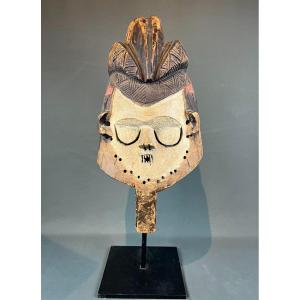
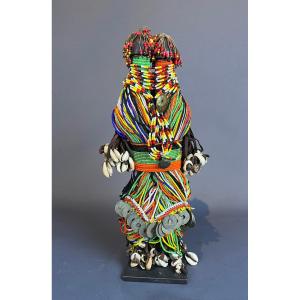
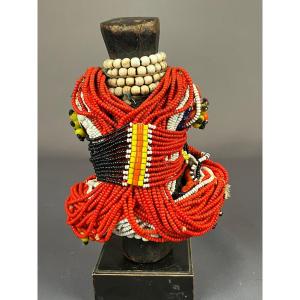
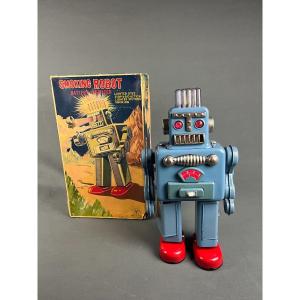
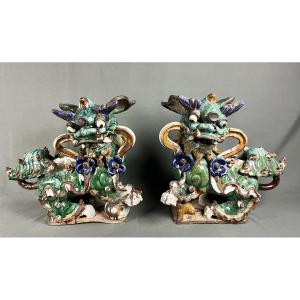
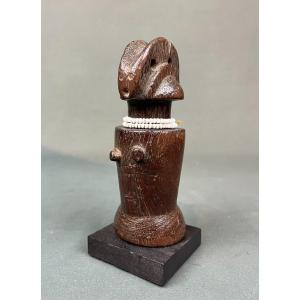
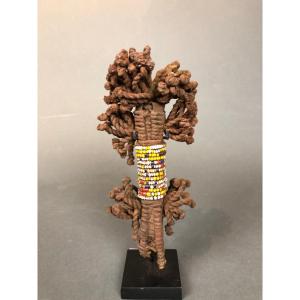





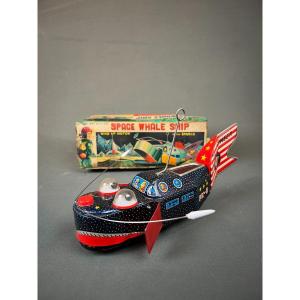


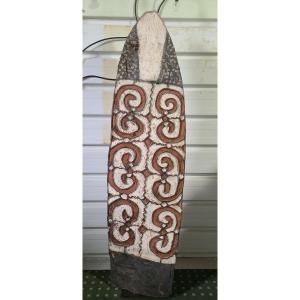






 Le Magazine de PROANTIC
Le Magazine de PROANTIC TRÉSORS Magazine
TRÉSORS Magazine Rivista Artiquariato
Rivista Artiquariato